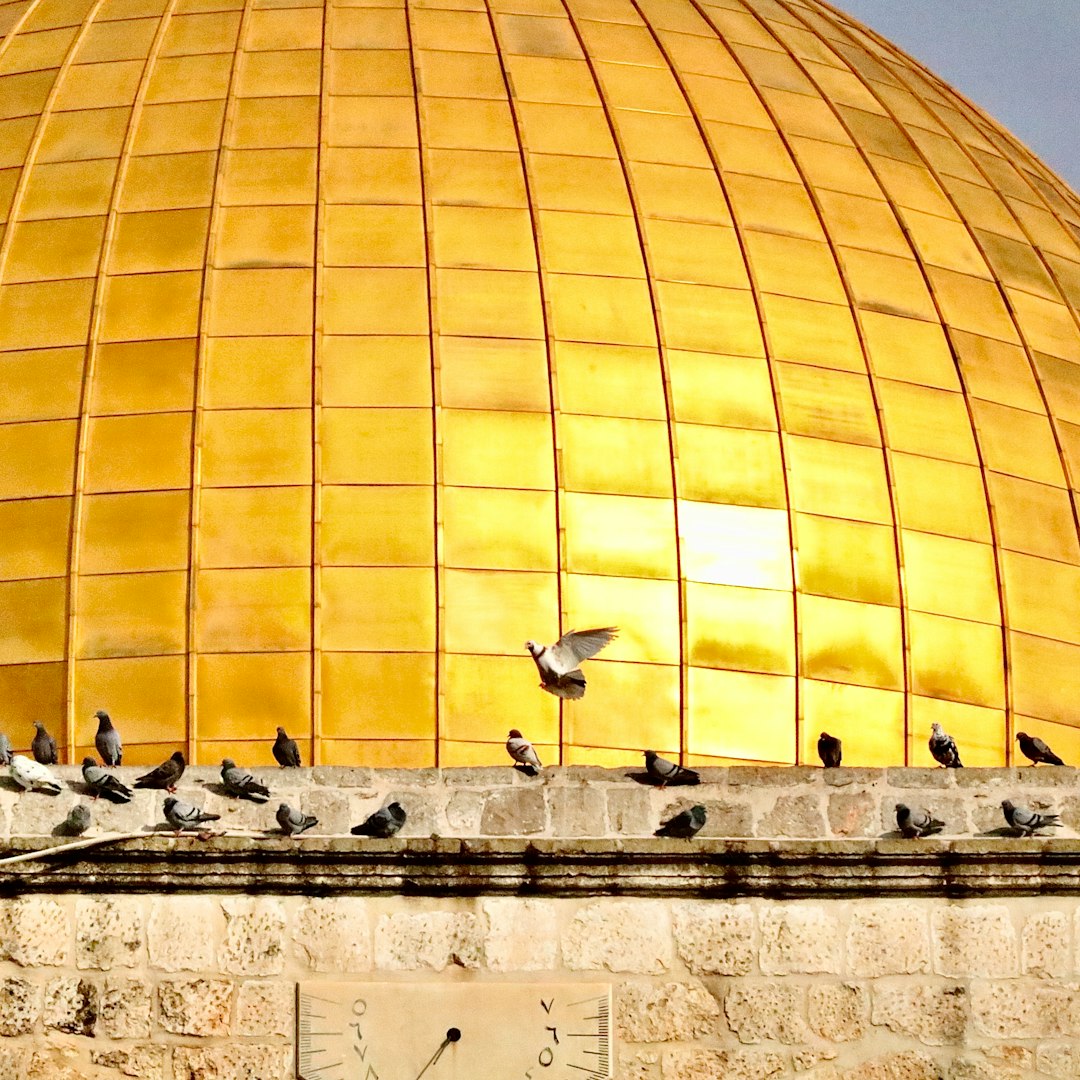Geopolitics and Markets Review - 16th October 2023
The Continued History of the Israeli-Palestine Conflict (Part 2)
Part 1:
Geopolitics and Markets Review – 9th October 2023
Contents Introduction The History of Israel vs Palestine Post World War Two Concluding Remarks
Contents
1) Introduction
2) Post Israel-Egypt Peace Treaty
3) 1982 Lebanon War
4) The First Intifada
5) Oslo Peace Process
6) Assassination of Rabin
7) Concluding Remarks
8) Best Substack Pieces on the Israel-Palestine Conflict
9) Other News

As with all present-day conflicts, they are often deeply embedded in history. We’ll continue to explore that today. If you’re up to date on the history of the Israel-Palestine conflict, I believe it's best that we work to understand the present-day viewpoints of those involved. I’ll send you the directions to three sources to help you frame this current conflict, all from the Lex Fridman Podcast.
1) Benjamin Netanyahu Interview on Lex Fridman
2) Mohammed El-Kurd Interview on Lex Fridman
3) Jared Kushner Interview on Lex Fridman
Very few educate themselves on all sides of a story, from the opinions and perspectives of all involved. To make positive, unbiased approaches to any issue, we have to work to understand the full picture. Hence I take my time as I discuss this issue. The Benjamin Netanyahu episode, released 3 months ago has 1.1M views on YouTube. The episode with Jared Kushner has 978k views, released 3 days ago, and the episode with Mahammed El-Kurd has 517k views, released two months ago.
Can anybody guess which episode features the Palestinian story? Many aren't gaining the full picture. It's my aim to provide that here.
As those who read last week’s piece know, I approach this from as unbiased an approach as possible. Sure, we all have biases we’re not even aware of. Still, by educating ourselves on both sides of this conflict, we begin to plug those knowledge gaps that usually expose our biases. I’d recommend you do the same.
Now let’s dive back into the history of this conflict.
The Continued History of the Israeli-Palestine Conflict
Post Israel-Egypt Peace Treaty
Post 1979 peace treaty with Egypt, both countries agreed on a structure for self-rule for Palestinians, but still in the occupied territories. Three years later, US President Reagan actually expressed support for the full autonomy of these Palestinian territories with Jordanian supervision. Israel rejected this plan. You'll find the rejection of plans and proposals becomes a frequent occurrence in any negotiation between the Palestinians and Israelis.
1982 Lebanon War
In 1982, tensions between Palestine and Israel spiked yet again. Israel bombed Beirut and other areas in Lebanon due to the Palestine Liberation Organisation possessing a number of strongholds in Lebanon. The PLO obtained these bases from raids into Lebanon starting in 1968. An assassination attempt on the Israeli ambassador to the UK, Shlomo Argov, also spiked tensions heavily. This assassination attempt was carried out by a splinter group of Fatah. The arrival of the PLO in Southern Lebanon sparked tensions that led to the Lebanese Civil War, lasting from 1975-1990.
The strength of the Israeli military was recognised when 9-days after the onset of the bombings from Israel, they completely encircled Beirut. In this situation, negotiation was chosen after the United States intervened, fearing a widening conflict. But not before the death of 17,000 Lebanese. Escalation risks surround the conflict today, with many states involved. The United States is sending carrier groups, the UK has also sent naval support which they stated will be to support stability and prevent escalation.

Over the next three years from 1982-1985, the PLO evacuated Beirut and Israeli troops withdrew from Lebanon but still held a “security zone” in Southern Lebanon to buffer potential attacks into Northern Israel. Israel finally pulled out of this security zone in 2000. The PLO relocated to Tunisia after this, which led to a complete breakdown in Israeli-Tunisian relations.
In most states where survival isn’t a given, many have to fight for it. When an opportunity to fill a vacant hole arises, many groups can fight for control, power, and influence in a region. The PLO departed, and many Shia Muslim movements arose in Lebanon. The largest of which today is the Hezbollah group, backed by Iran which also possesses a large population of Shia Muslims. It was the tensions between Shia and Sunni Muslims that contributed to tensions between Iran and Saudi Arabia seen for many decades and fought through proxy wars in Yemen, for example.
The China-brokered peace deal between Saudi Arabia and Iran was a step forward on the path towards peace in the Middle East. Is the current conflict between Israel and Palestine two steps backwards? Arab-Israeli peace remains one of the biggest issues hindering peace in the Middle East. However, progress between Saudi Arabia and Israel was being made. It remains to be seen if this progress is seen over the coming months.
Keep reading with a 7-day free trial
Subscribe to Geopolitics Explained to keep reading this post and get 7 days of free access to the full post archives.



